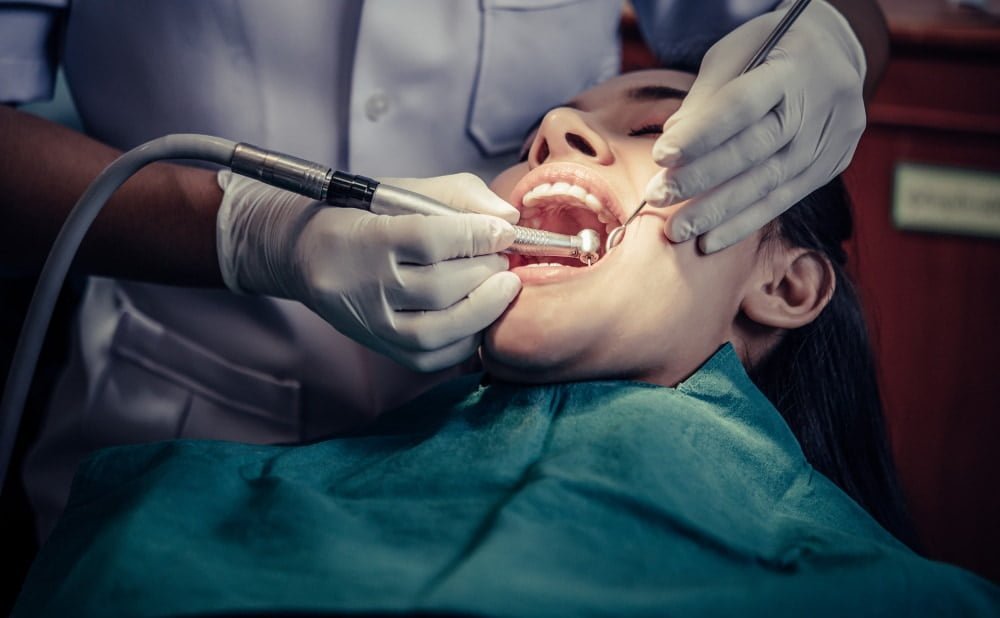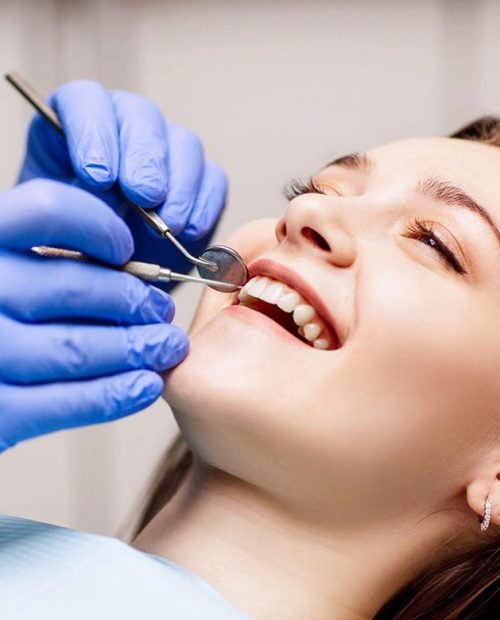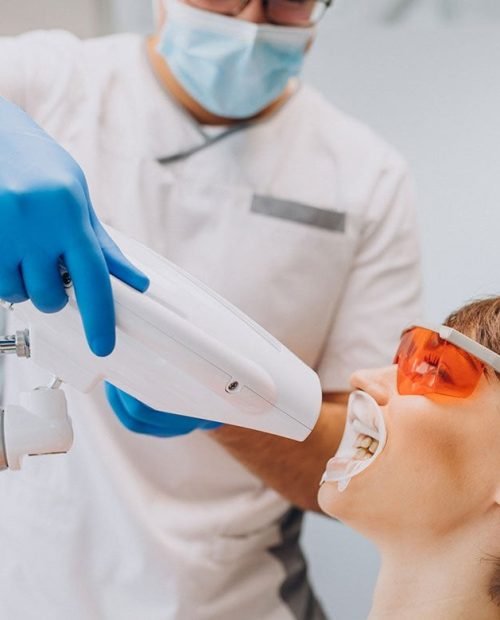Gum Diseases Treatment
What are Gum Diseases?
Gum diseases are a range of conditions affecting the tissues surrounding the teeth. They begin with gingivitis, characterized by red, swollen, and bleeding gums, resulting from poor oral hygiene. If left untreated, gingivitis can progress to periodontitis, a more severe form where the gums pull away from the teeth, forming pockets that can become infected. This stage can lead to bone and tissue loss, and ultimately, tooth loss.
A key aspect in managing advanced gum diseases is gum surgery, which might be necessary when non-surgical treatments are not sufficient. In Turkey, gum surgery is performed using advanced techniques and technologies, focusing on both treating the disease and restoring the aesthetics of the gums. The procedures range from deep cleaning (scaling and root planing) to more complex surgeries, depending on the severity of the condition. Turkish dental clinics are recognized for their skilled professionals and state-of-the-art equipment, ensuring patients receive high-quality care for gum diseases. It’s crucial for patients to seek timely dental advice to prevent the progression of gum diseases and maintain overall oral health.
What are the Diseases Requiring Gum Surgery?
Periodontal Disease:
Advanced stages of gum disease, where deep cleaning is not enough.
Gingival Recession:
Receding gums that expose tooth roots, often requiring grafting.
Gingival Overgrowth:
Excessive growth of gum tissue, sometimes caused by certain medications.
Periodontal Pockets:
Deep pockets between teeth and gums that harbor bacteria.
Gum Regeneration:
Cases where lost or damaged bone and gum tissue need to be regenerated.

Which Treatment Methods are Used for Gum Diseases in Turkey?
Various treatment methods are employed to address gum diseases, under the umbrella of gum treatment Turkey. These treatments are tailored to the severity and type of gum disease a patient has. Initially, non-surgical methods like professional dental cleaning and scaling and root planing are often used. These procedures involve removing plaque and tartar from above and below the gum line, and smoothing out the roots to help gums reattach to teeth.
For more advanced cases, surgical treatments may be necessary. These can include flap surgery, where gums are lifted back to remove tartar deep under the gum line, and then sutured back in place. Bone and tissue grafts are also options to regenerate any bone or gum tissue lost to periodontitis.
Additionally, Turkey’s dental clinics use cutting-edge technology like laser therapy, which can target and remove inflamed gum tissue with precision, and promote faster healing. Antimicrobial treatments may also be used to help control bacteria growth.
Gum treatment in Turkey is comprehensive, utilizing a range of modern and effective methods to combat gum diseases, from early gingivitis to advanced periodontitis, ensuring patients can maintain their oral health and prevent further complications.
How is Gum Surgery Performed in Turkey?
Gum surgery in Turkey is performed using a combination of advanced techniques and technology, designed to effectively treat various gum diseases. The process involves a few key steps:
Diagnosis and Planning:
Initially, a detailed examination is conducted, often using digital imaging, to assess the extent of the gum disease. This helps in planning the most appropriate surgical approach.
Anesthesia:
To ensure patient comfort, local anesthesia is administered to the affected area. In some cases, sedation may be offered for patients with dental anxiety.
Surgical Procedure:
Depending on the condition, different types of gum surgeries may be performed. Common procedures include flap surgery, where the gums are gently lifted to allow deep cleaning of the roots and bone; and grafting, used to replace or encourage new growth of bone or gum tissue lost to periodontitis.
Use of Technology:
Many Turkish dental clinics utilize advanced technologies like laser therapy, which allows for more precise treatment with less discomfort and faster healing.
Aftercare and Recovery:
Post-surgery, patients are given detailed aftercare instructions to ensure proper healing. This may include medications, specific oral hygiene practices, and follow-up appointments.
Gum Graft Price in Turkey
The price of a gum graft in Turkey varies based on several factors, including the complexity of the procedure, the type of grafting material used, and the specific clinic or dentist performing the surgery. Generally, the cost is influenced by the extent of the gum recession and the amount of tissue that needs to be grafted. The choice between different grafting techniques (like connective-tissue grafts, free gingival grafts, or pedicle grafts) also impacts the price.




